New Colors, Same Stripes: LSU Alumni at the CPRA
July 01, 2021
From LSU purple and gold to engineering a greener and more vibrant Louisiana.
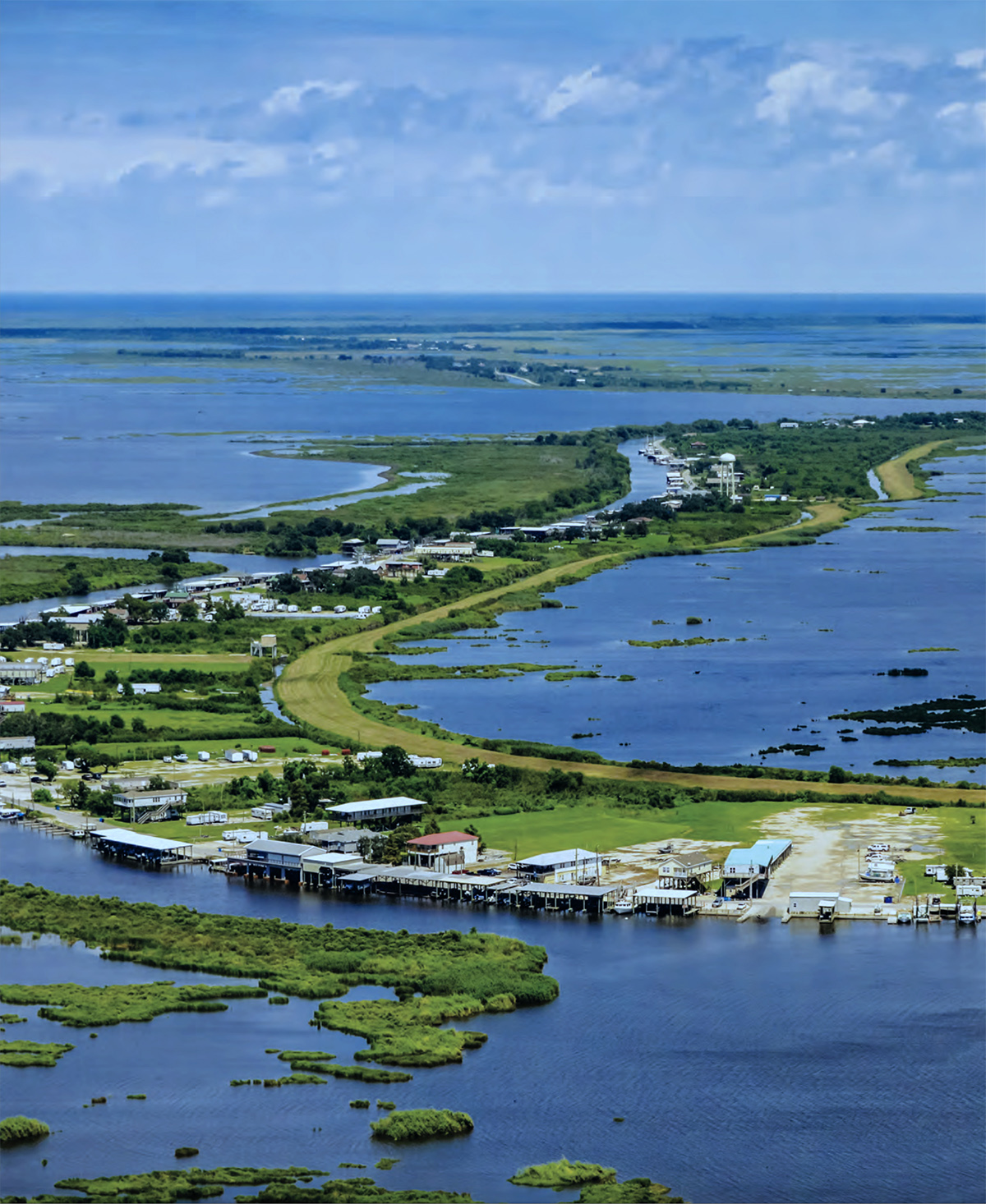
Detail of a photograph of Delacroix, Louisiana by Lindsey Janies, from Louisiana’s Comprehensive Master Plan for a Sustainable Coast.
Charged with Louisiana’s Comprehensive Master Plan for a Sustainable Coast, the Coastal Protection and Restoration Authority (CPRA) puts its hands into the water, sand, mud, and dirt on a daily basis between New Orleans and Lake Charles, and beyond. Its goal is to protect the lives and livelihoods of more than 2 million people in Louisiana, whether it’s through marsh creation, barrier island restoration, sediment diversions, or other large-scale projects to prevent the state from slowly slipping into the sea.
Many on the roughly 200-strong team that makes up the CPRA are scientists and engineers. An astonishing amount of them are LSU graduates, including CPRA Executive Director Bren Haase (Master of Science, Oceanography & Coastal Sciences, 2000), who in this video describes his team’s work and continued collaboration with the LSU Center for River Studies and other LSU units on or near the Baton Rouge Water Campus.
The CPRA was established in the aftermath of hurricanes Katrina and Rita in 2005 to help protect one of our nation’s most important economic engines—coastal Louisiana. The Gulf Coast ecosystem supports vibrant fisheries, tourism and recreation, oil and natural gas industry, and much more. Ports and waterways also make Louisiana the number-one import-export state in the nation, with $120 billion in goods and services shipped inland and $36 billion destined for international shores.
As the CPRA works to meet new, large-scale challenges in Louisiana today, it also leads coastal communities around the world toward solutions they’re likely to need in the near future. When it comes to environmental change, Louisiana is experiencing lots of “firsts” due to land loss and rising seas. Since one-tenth of Earth’s population lives in 166 coastal cities with more than 1 million inhabitants, there are many issues faced by Louisianans today that are likely to affect them, too, and soon.
Read on to learn more about CPRA’s important work and how 10 among its many Tigers have kept their stripes:
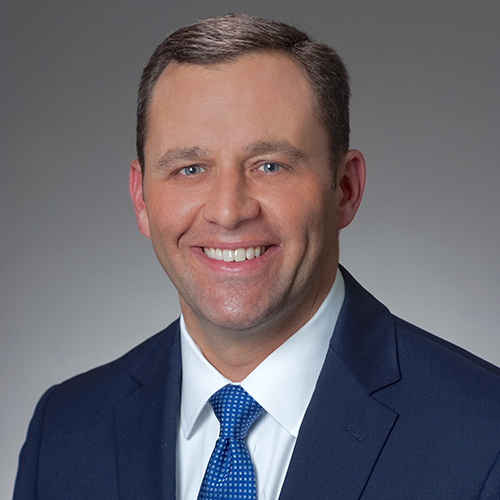
“At LSU, I was able to align my interest in political science with my passion for
hurricane protection and coastal restoration. This set the foundation for my career
in public service at the state and national levels. The lessons learned, friendships
made, and values instilled in me at LSU have proved invaluable—time and time again—throughout
the course of my career. I am proud to lead an incredible team of professionals who
work tirelessly to restore and protect Louisiana’s coast to make it a safer and more
resilient place for our people today, tomorrow, and for generations yet to come.”
–Chip Kline, CPRA board chairman
“As a young kid growing up in Baton Rouge, I spent a lot of time in LSU’s Museum of
Natural Science fascinated at the menagerie of animals supported by Louisiana’s ecosystems.
The displays captured the imagination of the budding ecologist I was at the time and
set the course for the work I do now at CPRA. Those experiences on LSU’s campus evolved
into spending more and more time outdoors—all over Louisiana—and fueled a passion
for Louisiana’s coast, for learning more about it, and what we could do to save it
and our way of life. I enrolled in graduate school at what is now the LSU College
of the Coast & Environment and apply the knowledge and practical skills I learned
there every day. My experiences at LSU have been invaluable in my life and career.
They play a huge part in the work I do for coastal Louisiana and for the people and
communities who depend on it.”
–Bren Haase, CPRA executive director
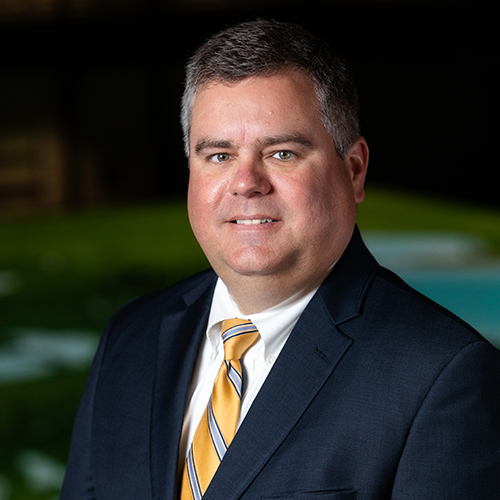
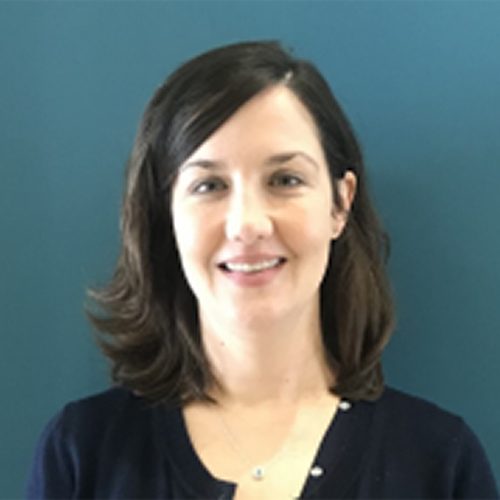
“My English and political science degrees from LSU have given me the tools to communicate
effectively, think critically, and reason through difficult situations. The faculty
and staff at LSU are top-notch; not only did I receive an excellent education, but
I was able to pursue a wide variety of intellectual interests, which helped me craft
a solid academic foundation for a very rewarding career in public service. As an attorney
for CPRA, I continue to use the skills I learned as an undergraduate at LSU to work
on issues and challenges impacting Louisiana’s coast to help make our coast safer
and more resilient today and for future generations.”
—Chris Barnes, CPRA attorney
“My civil engineering degree from LSU has been the foundation for a career creating
and overseeing multi-million-dollar projects across Central and North America in both
the private and governmental sectors. Today, as CPRA Operations Division Chief, I
oversee more than 50 full-time employees and projects ranging from flood protection
to ecosystem restoration, construction, engineering, design, and emergency operations.
These large, complex projects—such as our partnership with the U.S. Army Corps of
Engineers in building the $14.5 billion Hurricane Storm Damage Risk Reduction System
around New Orleans—are vital to the sustainability of Louisiana and its people. Every
project needs a good foundation, and the education I received at LSU has been the
bedrock for everything that followed in my professional life.”
—Ignacio Harrouch, CPRA operations division chief
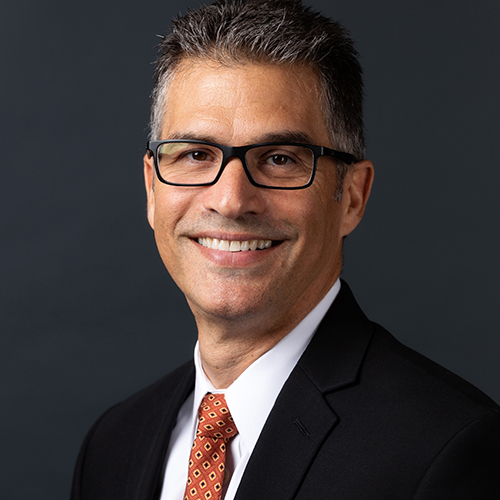
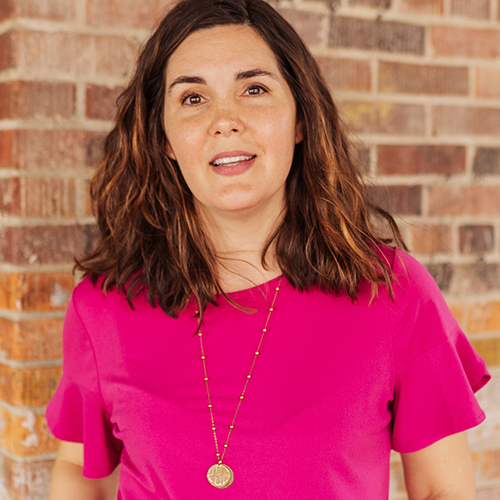
“I use the knowledge I gained at LSU every day as a civil engineer at CPRA. The courses
I took as an undergrad and graduate student at LSU in geotechnical, coastal, and structural
engineering and hydraulics have been instrumental in the design of coastal protection
and restoration projects. LSU was where I learned about the magnitude, causes, and
far-reaching consequences of Louisiana’s coastal land loss. During my graduate studies,
I came to appreciate the importance and uniqueness of south Louisiana and decided
to pursue a career working to preserve our coast.”
—Bevin Barringer, CPRA engineer
“While a student worker for the Louisiana Department of Wildlife and Fisheries, I
had the opportunity to be exposed to the state legislature. Standing in front of the
big brass elevators one day, I recall thinking, ‘This is where I want to work.’ I
knew that public service would be my future. After obtaining a bachelor’s degree in
criminal justice, I pursued a master’s degree in public administration at LSU, which
launched a rewarding career in state government, starting as a fiscal analyst at the
Legislative Fiscal Office, and then as undersecretary at the departments of Culture,
Recreation, and Tourism and Wildlife and Fisheries. Today, I am chief financial officer
for CPRA, and it is truly an honor to work side-by-side with many very talented leaders
to restore and protect Louisiana’s coast.”
—Janice Lansing, CPRA chief financial officer
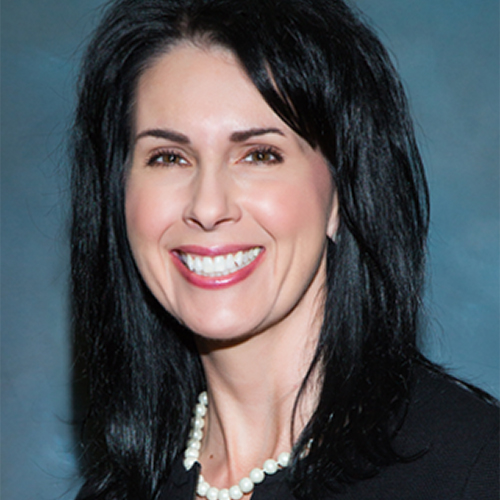
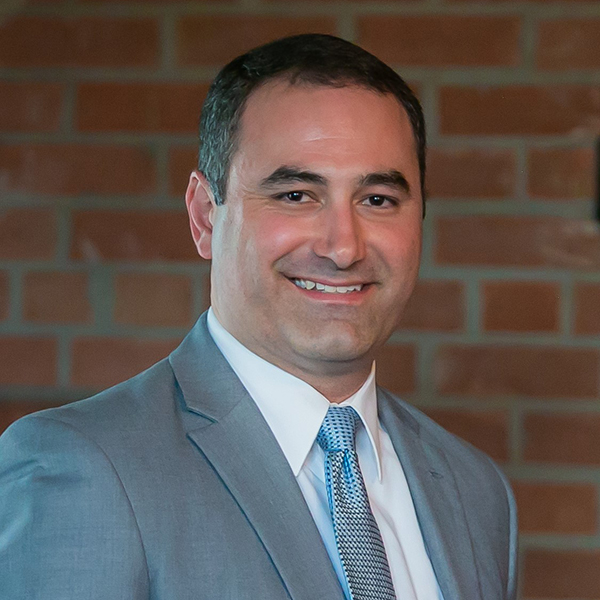
“Starting at LSU in the late ’90s, I immediately fell in love with the water resources
component of the civil engineering curriculum. Growing up along Bayou Lafourche, my
childhood was spent swimming, fishing, and boating. I soon realized the importance
of the bayou in providing drinking water, drainage, and freshwater for the surrounding
communities. LSU allowed me to take classes in coastal processes, hurricanes, and
drainage—all relevant issues facing Louisiana today. An internship at CPRA provided
an opportunity to work with LSU on the construction and operations of the original
Mississippi River Physical Model, which was the predecessor of the state-of-the-art
model at the LSU Center for River Studies. I now serve as chief engineer at CPRA,
where I’m able to work on some of the most complex coastal projects in the world,
including sediment diversion projects. Geaux Tigers!”
—Rudy Simoneaux, CPRA chief of engineering
“As a native of Baton Rouge, coastal restoration has always been near and dear to
my heart. In my role as communications director at CPRA, I am constantly working to
find bold new ways to communicate Louisiana’s land loss crisis and our state’s work
to protect and restore our coast. The strategic communications and critical thinking
skills I developed during my time at the LSU Manship School of Mass Communication
have proved invaluable throughout my career. It has been the honor of a lifetime to
work on issues of this magnitude to protect this place we call home.”
—Rachel Haney, CPRA communications director
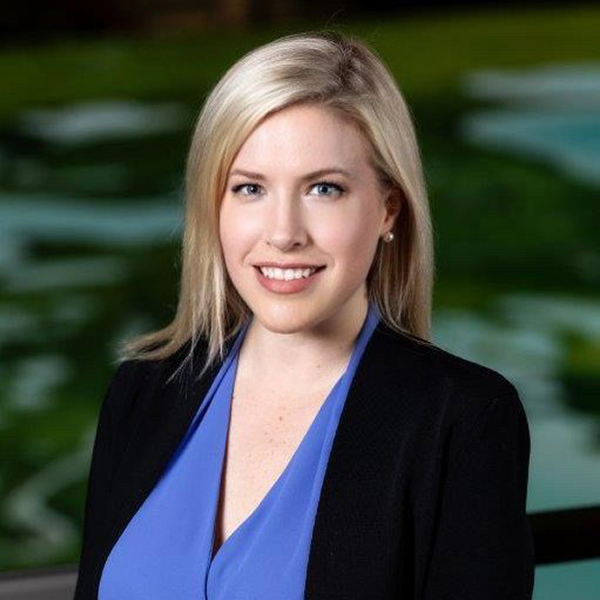
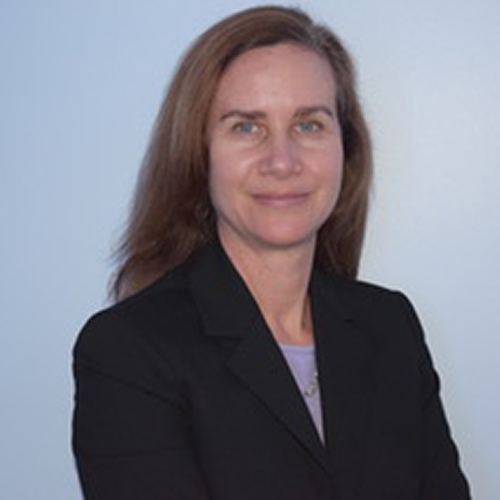
“LSU provided me with specialized training from exceptional scientists and professors,
and deepened my love of learning and commitment to coastal restoration. The comprehensive
understanding and critical thinking skills I obtained are vital to my work on complex
coastal projects.”
—Angelina Freeman, CPRA senior scientist
“When I entered LSU, I was focused on learning everything about the ecology of our
coastal area and its management. Specifically, the science behind all of the interactions
in Louisiana’s dynamic coastal systems. The then-wildlife-and-fisheries-science degree
program did all of that. I learned how these systems functioned and their drivers.
But an invaluable contribution came from the program and faculty’s focus on understanding
how management of these systems affects the entire environment, including us. I experienced
this in my academic pursuits and as an LSU research associate. As the chief of planning
for CPRA, I am tasked with identification and implementation of projects in Louisiana’s
Comprehensive Master Plan for a Sustainable Coast. This task requires me to understand
and take into account the plan’s interaction with the entire environment, both resource
and resource user; a view that was instilled in me at LSU.”
—Brian Lezina, CPRA chief of planning
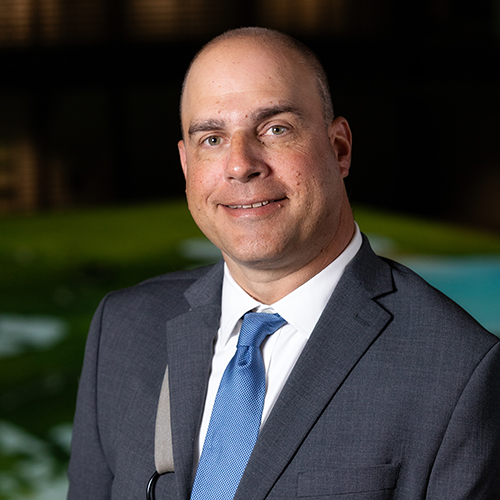
This news story was featured in LSU’s free, quarterly research publication, Working for Louisiana, where you can learn more about how work on every LSU campus impacts residents and industry in the state, and beyond.